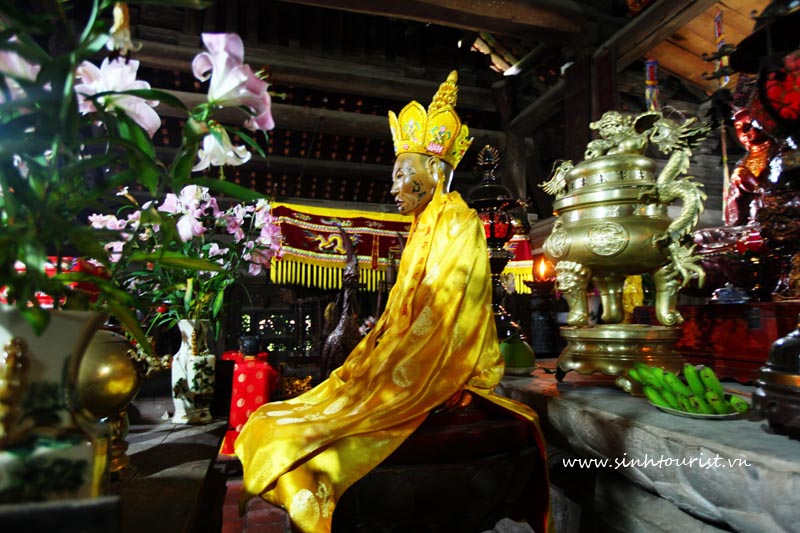

Noteworthy is that in the procession the tablet and white horse of Da Phuc must go ahead those of the Thuy Khue. Therefore, at the start of the procession, his tablets must be wrapped in a piece of yellow cloth (the colour of the robes worn by priests endowed with supernatural powers) and, on the return trip the same tablets should be wrapped in the brown frock of a Buddhist monk.ĭuring the procession, Buddhist nuns take a walk recounting the feats of Tu Dao Hanh, first in learning supernatural magic and then in leading a religious Buddhist life. The local population believes that Tu Dao Hanh first learned supernatural powers and became a genius, and later on, embraced Buddhism. The procession of Tu Dao Hanh’s worshipping tablet takes place on the 7th day of the third lunar month.

The two most noteworthy events and distinctive features of the festival are the procession of the tablets and the water puppet show. The cloths are also torn into smaller pieces to grant attendants as they are thought to have the power of warding off the evils. When the ritual ends, the holy water the Buddha bestows will be scattered all over the pagoda to wish for bumper crops and prosperous life. Those who stand around solemnly hold their hands in front of their chests, whispering Buddhist sutras. Pieces of red cloth are used to clean the statues. Buddhist monks and the people participate in the ritual. The statue bathing ritual takes place before the opening of the festival. Although this area has numerous pagodas, the festival is held mainly in Thay Pagoda, which comprises three buildings: ante-chamber, Buddha’s Building and Building of the Genius. The Thay Pagoda festival is actually a joint festival of four villages (Thuy Khue, Da Phuc, Khanh Tan and Sai Khe). In particular, you have a great chance to enjoy a water puppetry show portraying the tales of Thach Sanh and Tam Cam, cultural activities and features of rural life such as farm work, duck tending and wrestling. Many cultural games and art performances are held during the festival, including Tu Dao Hanh’s statue bathing, incense sticks presenting, tablets escorting procession, Cheo (popular opera) performance, chess games, water puppet shows, recital of the feats of Tu Dao Hanh and so on. The Pagoda is cleaned with scented incenses, glistening lighted candles, bringing about a charming scene. Several days prior to the festival, Buddhist followers and pilgrims here and there flock to the pagoda, further adding to the boisterous atmosphere of the festival.

What are Activities at Thay Pagoda Festival? Thereafter, the people put his withered corpse in the building of the Genius for the purpose of worship. Leading a religious life and dying in this very pagoda, he had outstanding merits to the religion popularization, illness treatment, and water puppetry creation.Īccording to the legend, what makes him mysteriously sainted is that at the end of his life, the Buddhist monk sat in meditation for several months without food and drink and died in that posture. It is said that Tu Dao Hanh was a Buddhist monk during the rule of the Ly Dynasty (1010-1225 A.D). The festival takes place in the elaborate pagoda said to be built on the ashes of a Vietnamese folk hero and is especially famous for the performances of traditional water puppetry. The Legend of Thay Pagoda Festival Inside Thay Pagoda The Thay Pagoda festival, officially held annually on the seventh day of the third lunar month and lasting for at least a week, pays homage to folk hero Tu Dao Hanh.

Well situated in the shadows of Sai Son Mountain, Thay Pagoda lies in a tranquil and beautiful village, which is only around 40km west of Hanoi.


 0 kommentar(er)
0 kommentar(er)
